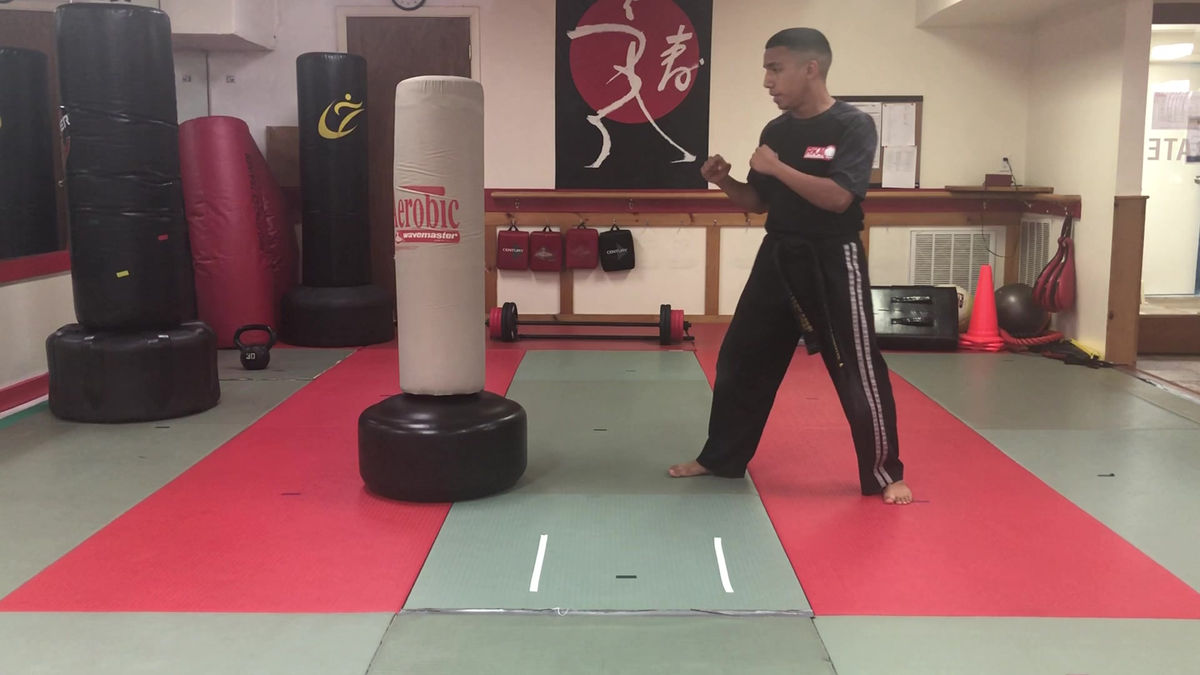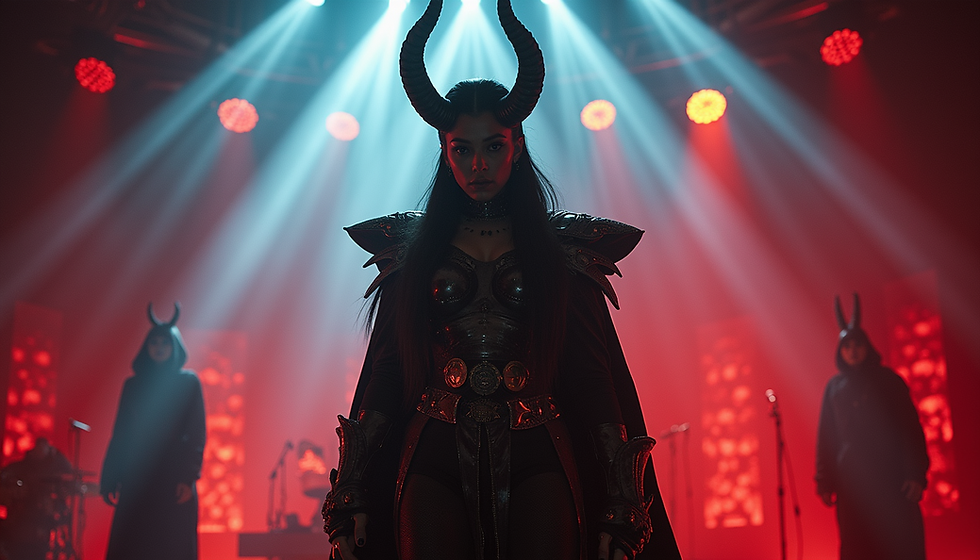Miyamoto Musashi
- Joseph Fanning
- Sep 15
- 4 min read
Miyamoto Musashi is one of the most legendary figures in Japanese history, widely regarded as a master swordsman, philosopher, strategist, and author. His life and teachings have left an indelible mark on martial arts, and his reputation extends far beyond Japan. Let’s dive into who he was and why he remains such an influential figure today.
Who Was Miyamoto Musashi?
Born: March 1584Died: June 13, 1645Occupation: Swordsman, Samurai, Martial Artist, Philosopher, and Author
Musashi is famous for his undefeated record in over 60 duels during his lifetime, often facing and defeating renowned swordsmen in single combat. He is best known for developing a unique two-sword fighting style called Niten Ichi-ryū (the "School of Two Heavens as One"), where he wielded a katana and a wakizashi simultaneously.
Key Aspects of Musashi's Life
1. Early Life and Duels
Musashi was born in the Harima Province to the Miyamoto family, though his father, a skilled swordsman, left him at a young age. Musashi’s earliest duel was at the age of 13, where he defeated an older, more experienced opponent. His first high-profile duel was with Sasaki Kojiro, one of the greatest swordsmen of the time, which took place in 1612. Musashi is said to have defeated Kojiro with a wooden sword (bokken) in a duel that has become legendary in Japanese history.
2. The "Book of Five Rings" (Go Rin No Sho)
Perhaps Musashi's most lasting legacy is his written work, "The Book of Five Rings" (Go Rin No Sho), a treatise on swordsmanship, strategy, and philosophy. The book is divided into five sections, each focusing on a different element:
The Book of Earth (foundational principles of strategy and the mindset of a warrior)
The Book of Water (fluidity and adaptability, both in swordsmanship and life)
The Book of Fire (the intense, aggressive tactics used in battle)
The Book of Wind (learning from other schools and strategies, and understanding the importance of knowing one’s environment)
The Book of Void (the philosophical and spiritual aspects, where Musashi discusses the emptiness beyond technique and the true understanding of mastery)
The book remains a key text in martial arts philosophy and is still studied by martial artists, business leaders, and those seeking wisdom in conflict management.
3. The "Two-Sword" Technique (Niten Ichi-ryū)
Musashi developed his own unique style of fighting, Niten Ichi-ryū (Two Heavens, One School). Unlike the traditional method of wielding a single katana, Musashi used both a katana and a shorter blade (wakizashi). This innovative technique allowed him to fight in a highly unpredictable and adaptive manner, using his off-hand sword to block, counterattack, and gain positional advantage.
Musashi’s two-sword style influenced not just martial arts, but also modern interpretations of swordplay, including films, books, and even anime.
4. Later Life and Asceticism
Later in life, Musashi became more of a recluse and wandered Japan, spending his time reflecting on his experiences and honing his martial philosophy. He lived the remainder of his life in relative solitude and studied various forms of art, including painting and calligraphy. This period of his life was focused on inner peace and understanding the nature of strategy and life itself.
He wrote "The Book of Five Rings" toward the end of his life, as a summary of his thoughts and experiences. It is believed that Musashi spent his last years in the mountains of Kumamoto, where he passed away at the age of 61.
Musashi's Influence on Martial Arts and Popular Culture
Martial Arts: Musashi's techniques and philosophies are foundational in the world of kendo, kenjutsu, and other Japanese martial arts. The two-sword style, in particular, has influenced many modern schools of swordsmanship.
Film & Literature: Musashi has been immortalized in numerous films, books, and TV series. The 1954 film "Samurai I: Musashi Miyamoto", based on Eiji Yoshikawa's novel, is one of the most famous adaptations of his life. His character has been depicted as both a lone wolf and a spiritual warrior in various media, making him an icon of Japanese cinema.
Modern Philosophy and Business: Musashi's teachings in The Book of Five Rings are also applied in business strategy, leadership, and conflict resolution. His emphasis on discipline, adaptation, and the pursuit of mastery has made him a symbol of perseverance and strategic thinking.
Musashi's Swordsmanship & Legacy
Musashi's swordsmanship was more than just technique; it was about understanding the essence of conflict and human nature. He believed in the importance of the mental and spiritual aspects of martial arts, suggesting that the true mastery of the sword came from the ability to transcend technique and understand the "Void"—the space beyond physical skill, where intuition and the flow of the moment guide action.
Famous Quotes from Musashi:
"Do not seek to follow in the footsteps of the men of old; seek what they sought."
"If you know the way broadly, you will see it in everything."
"Perceive that which cannot be seen with the eyes."
Musashi's Katanas: The Real & The Mythical
In terms of his actual swords, Musashi’s katana is just as legendary as the man himself. Although the exact swords he used are lost to history, some historical records suggest that Musashi wielded a distinctive sword called the "Kojiri", characterized by its rough, functional design—symbolizing his practicality and strategic mind.
There are several museums and private collectors that boast reproduction blades said to resemble the famous swords Musashi would have used. However, there is no definitive evidence of the actual swords that Musashi wielded during his duels, which only adds to the myth and mystique surrounding his life and legacy.
In Conclusion: The Immortal Legend
Miyamoto Musashi’s story transcends time and culture. His contributions to martial arts, philosophy, and strategy continue to inspire generations of people worldwide. Whether in the dojo or in business, his wisdom and insight into the nature of conflict, mastery, and self-discipline remain relevant even today. His two-sword style and philosophical writings continue to be studied by martial artists, thinkers, and leaders alike.
Do you have a specific part of his story or teachings you're most interested in? There’s a lot of depth to explore, from his duels to his views on life.
Joe is an orange belt in Karate










Comments